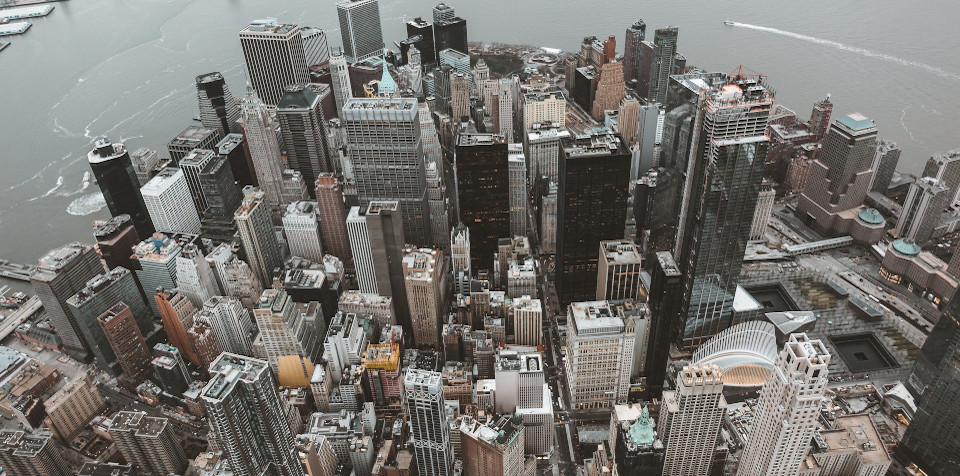What does a city sound like? Sounds synonymous with cities include public transport, traffic, vehicle horns, sirens from busy emergency services, street traders, laughter and general bustle, however, it now appears that that is not the full story.
As the global shutdown took hold, The New York Times published an interesting article with audio recordings titled The Coronavirus Quieted City Noise. Listen to What’s Left. You can read the full article and listen to the audio here.
So, what does a city sound like? The sounds synonymous with cities include public transport, traffic, vehicle horns, sirens from busy emergency services, street traders, laughter and general bustle, however, it now appears that that is not the full story.
The world that we once knew has changed. But has it changed for good? The lack of people on the footpaths and cars and buses on the streets means that animals and wildlife finally have the chance to take over and have some time to explore. “Microphones listening to cities around the world have captured human-made environments suddenly stripped of human sounds.” Not only have cities lost the voices that once echoed down the streets on a daily basis, they have lost air traffic in the sky. You never know how a place truly sounds until you lose everything that gives it man-made life.
Sounds of New York City (SONYC), a New York University project, has been recording different parts of the Big Apple for more than three years now. The SONYC team has determined that “29 of the city’s 30 quietest days during the last three years have been during the pandemic…the exception was Christmas Day in 2018.”
Researchers documenting New York, London, Singapore and many more cities have recently returned to places around these cities where they have previously recorded (before the full impacts of Covid-19 were truly felt) and the majority of these microphones and sensors have recorded lower decibel levels than ever before.
Jian Kang and his colleague, Francesco Aletta of University College London have expressed interest in how people perceive the sounds around them, not just what can be measured on microphones. Before everyone shut themselves into their houses, noise was just noise. There was no hidden agenda, no rules. But now, according to Kang, conversations on the street are starting to provoke anxiety on whether or not people are breaking regulations in terms of social distancing. They have also pointed out that considering the noise levels have reduced significantly, noise complaints have not. “The sounds of neighbours and leaf blowers can seem even more intrusive in quarantine.” Click here to learn how shutdown will likely affect our noise tolerance for the future.
Take a moment to think about birds; think about how loud they have seemed recently. Do they seem louder than before this all started? They may seem noisier but in actual fact, they are quieter. Birds do not have to be as loud as before as they no longer have to compete with the hustle and bustle of the streets of the busy main roads. This is known as the Lombard effect.
Listen to the various sound clips in this New York Times piece to truly understand what this lockdown is doing to our cities in terms of noise pollution. Listen to the “public plazas without people, roads without cars, attractions with no tourists“. Whether this is a great thing… or an overcorrection, you decide.
Sonitus Systems supply robust and reliable sound level monitoring equipment globally from their base in Dublin. Their award-winning products and services allow users to easily monitor and assess noise levels in any scenario to ensure compliance. For more information, call the Sonitus Systems team on +353 1 6778443 or email info@sonitussystems.com
